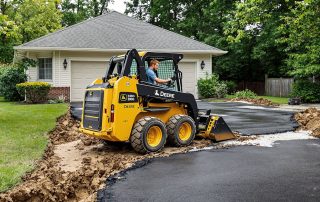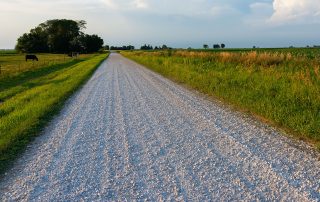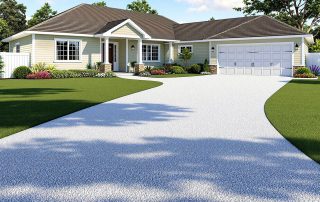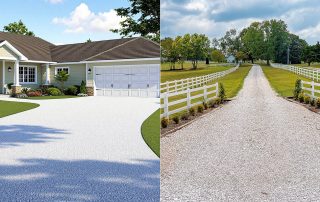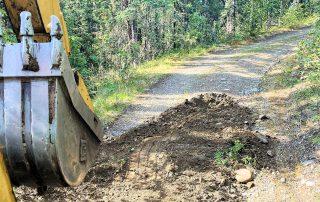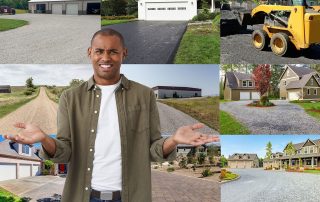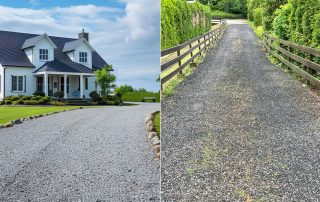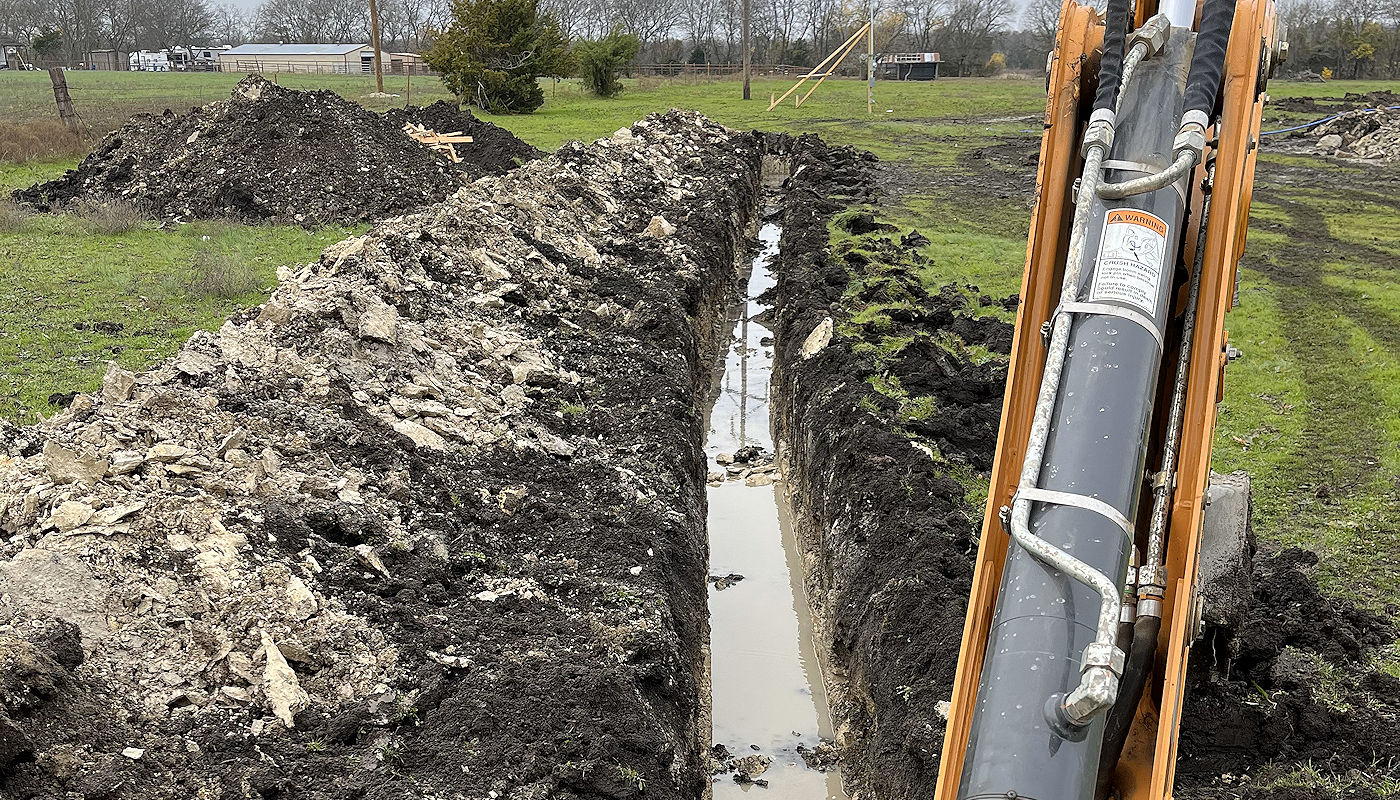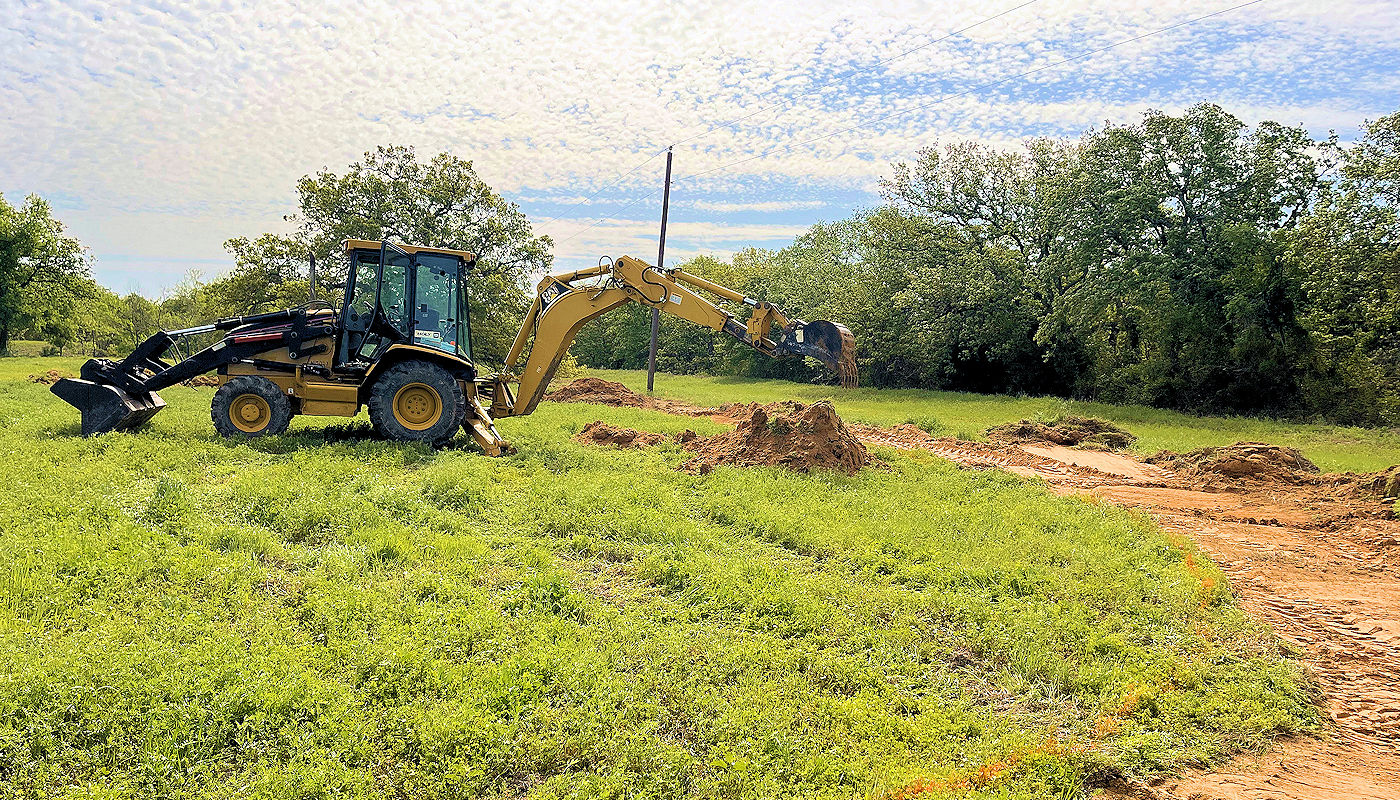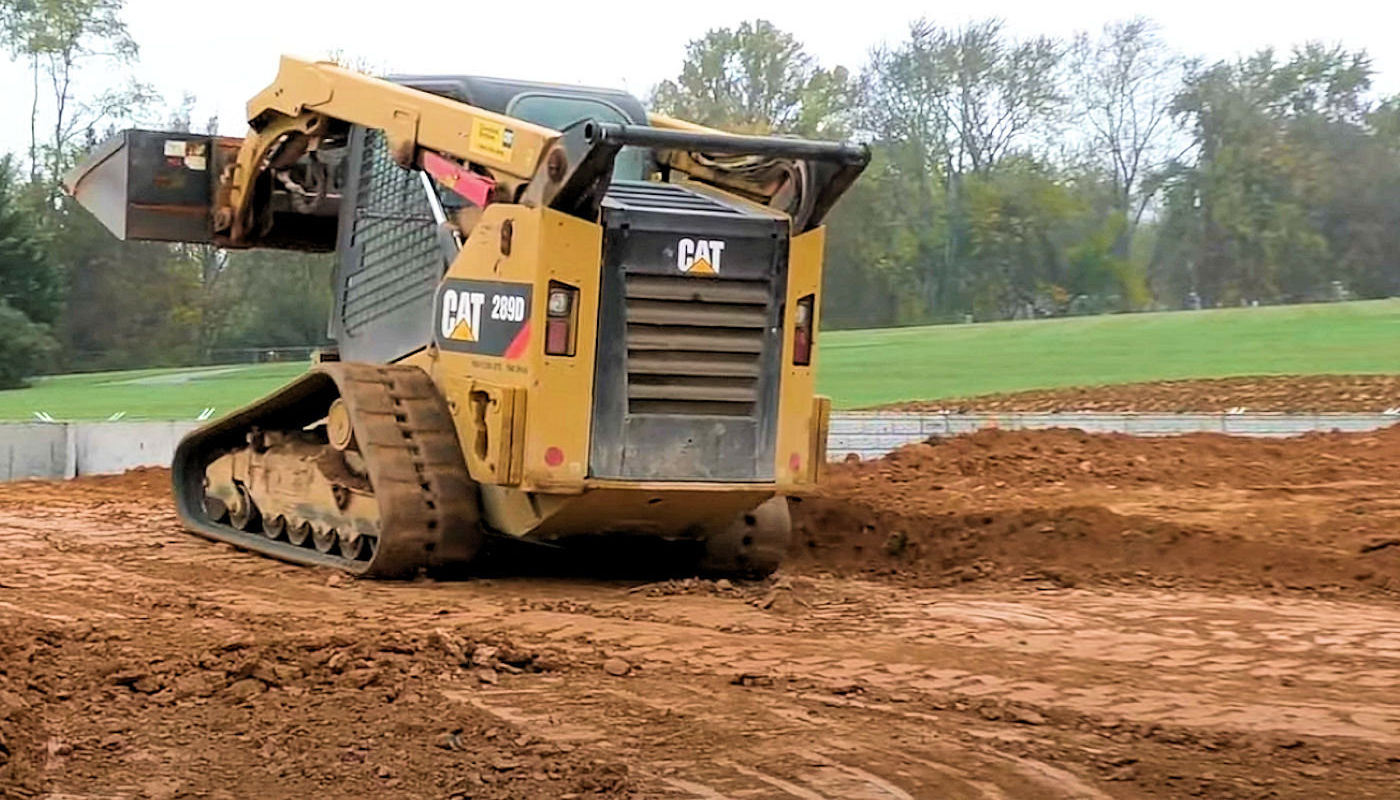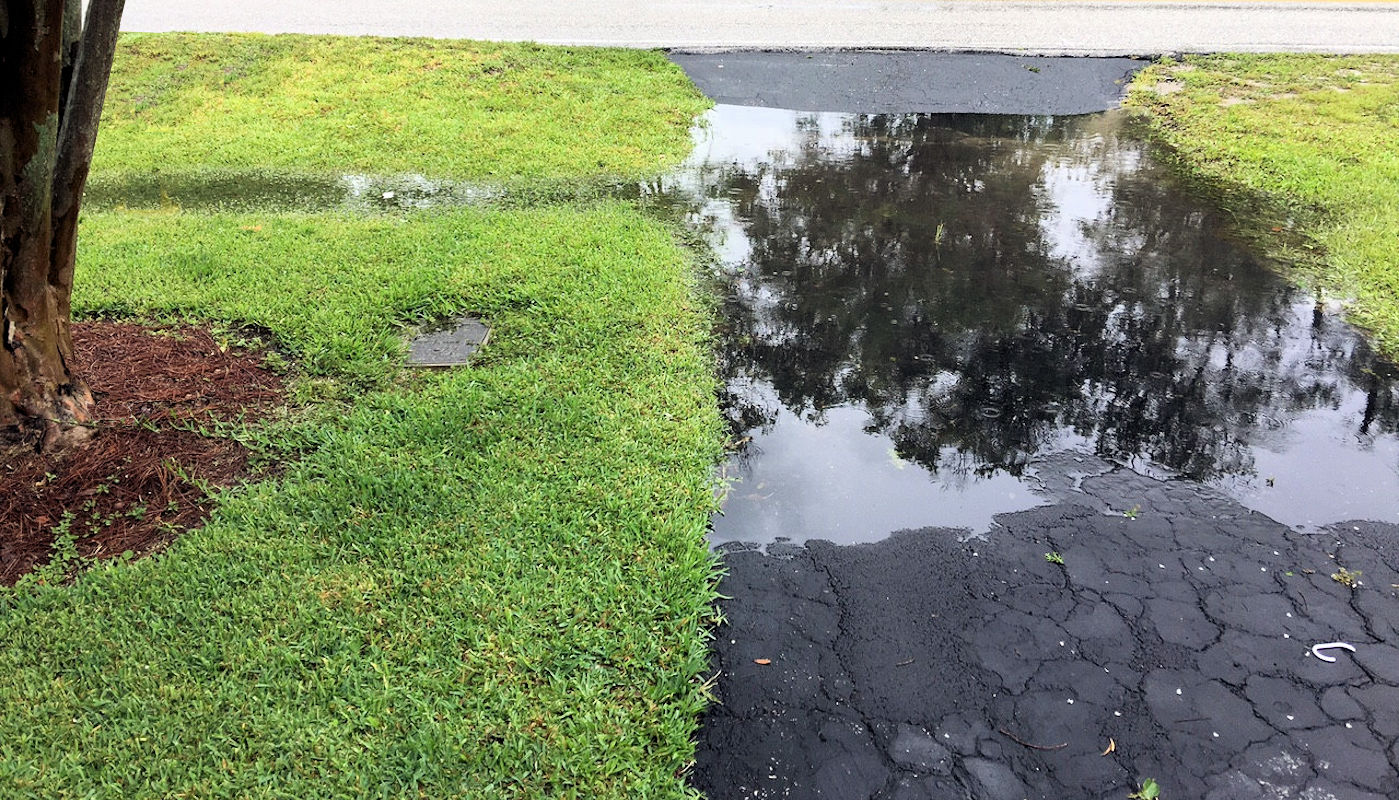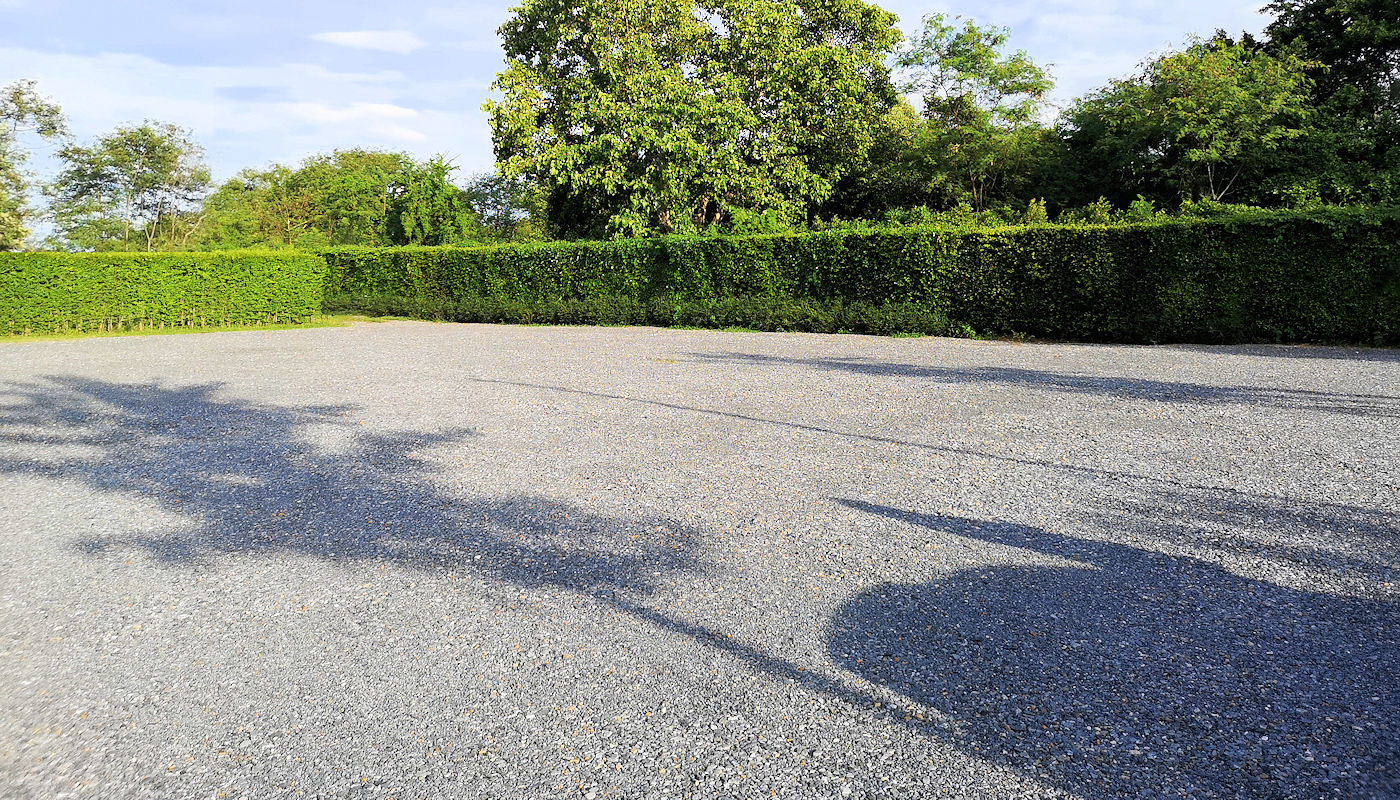

Gravel Parking Area Construction & Planning
Durable & Reliable Gravel Road Construction
Gravel Parking Area Construction & Planning
Durable & Reliable Gravel Road Construction
Texoma Excavation and Construction specializes in building gravel and road base private roads, drives, and driveways that are both durable and reliable, tailored to meet your specific needs. Our comprehensive approach ensures that every aspect of your project is meticulously planned and executed, from initial surveying to post-project maintenance. This meticulous planning and execution are crucial to ensure the longevity and functionality of your road or driveway.
Choosing gravel as your surface material offers several advantages over other options. Gravel is cost-effective, easy to maintain, and provides excellent drainage, reducing the risk of water damage. It is also highly versatile and can be used in various settings, from rural roads to residential drives and driveways of any length. By opting for gravel, you ensure a durable and long-lasting surface that can withstand various weather conditions and heavy use.
At Texoma Excavation and Construction, we use only the best and most suitable materials for your job, ensuring your gravel road or drive is built to last. Choosing us as your gravel road or drive contractor means choosing a partner dedicated to delivering exceptional gravel road building services. Contact us today to discuss your project and see how we can help you achieve your goals.
Gravel Parking Area Construction & Planning
Gravel parking areas can vary in size and purpose, from small residential driveways to large commercial lots and heavy equipment storage areas. These areas are designed to provide a stable and durable surface for parking vehicles while being cost-effective and easy to install.
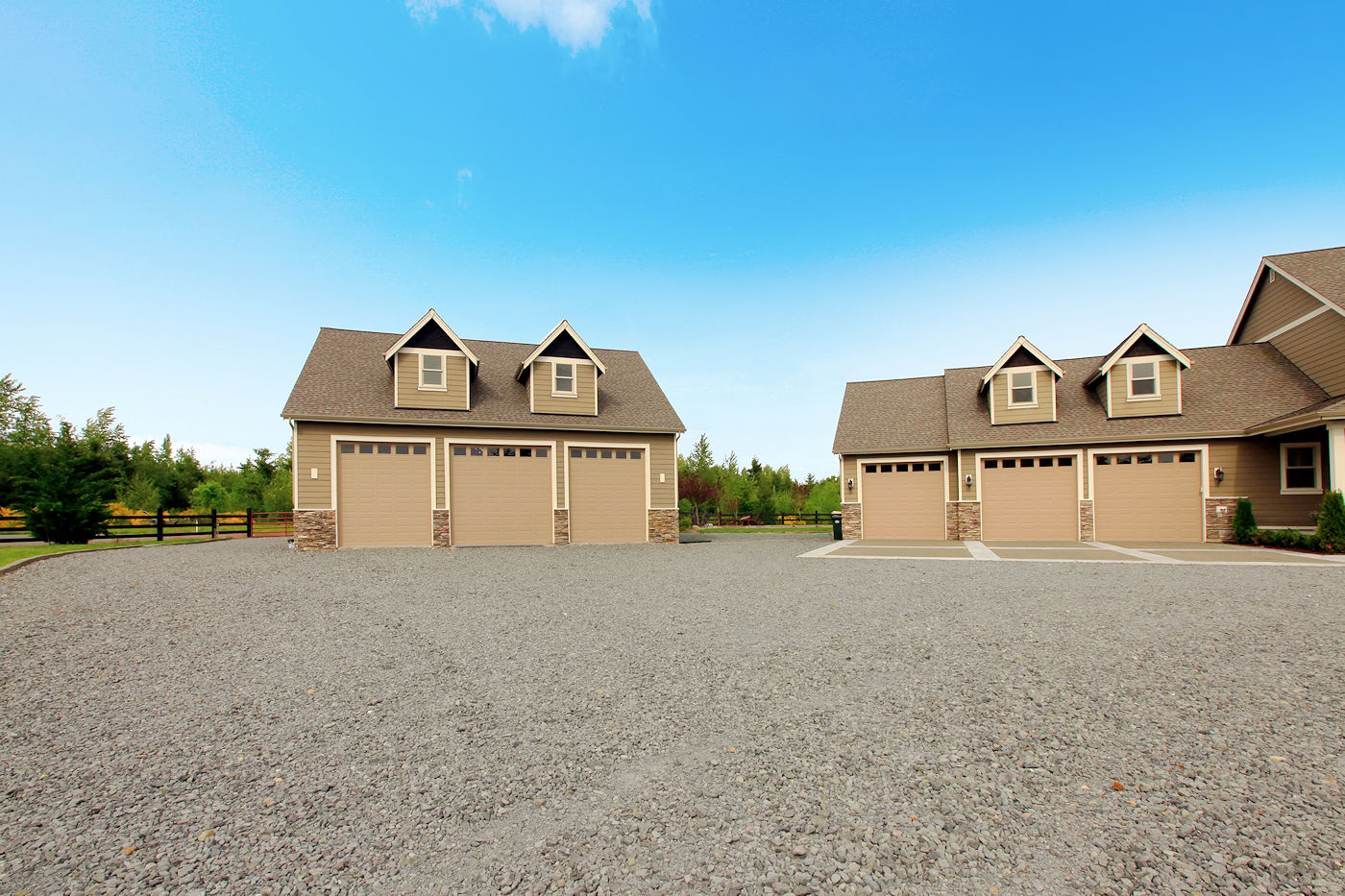
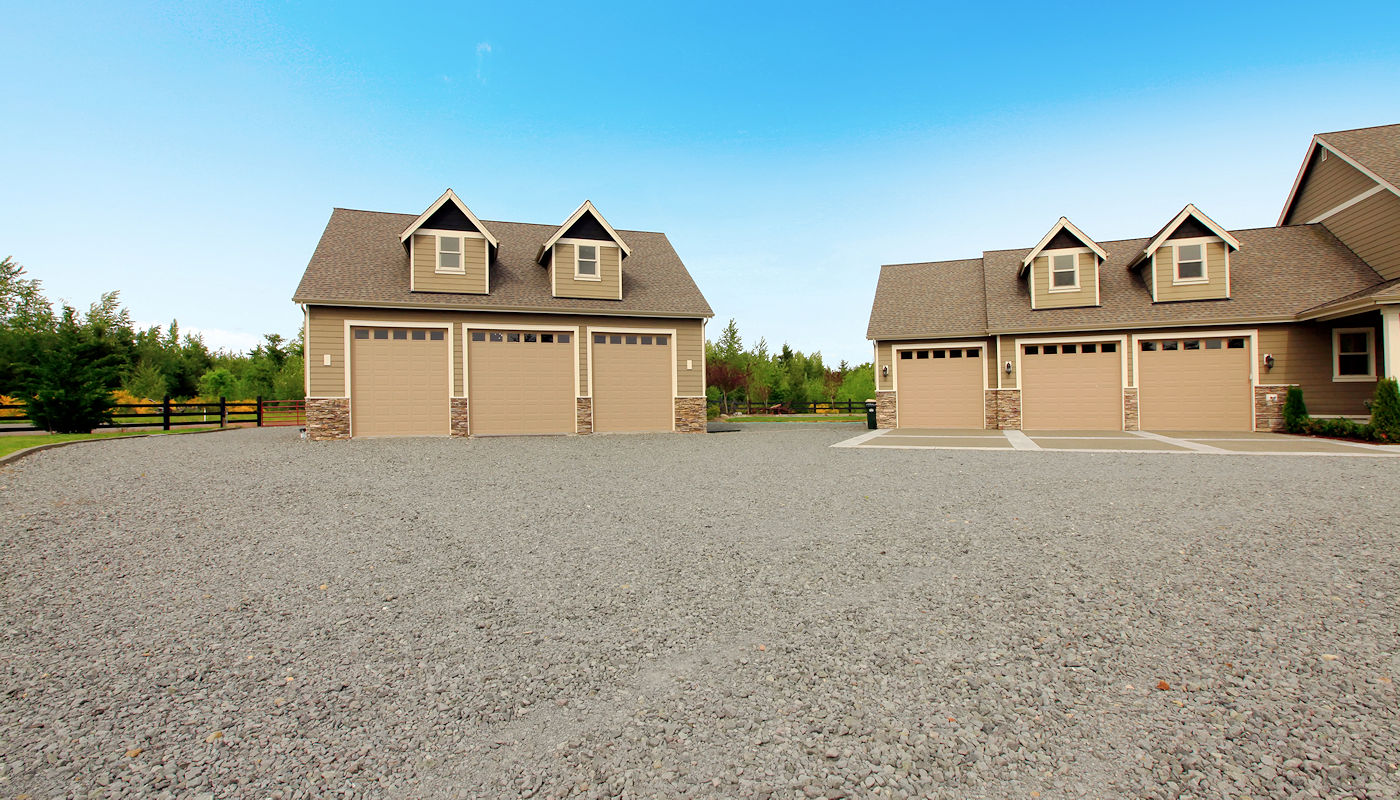
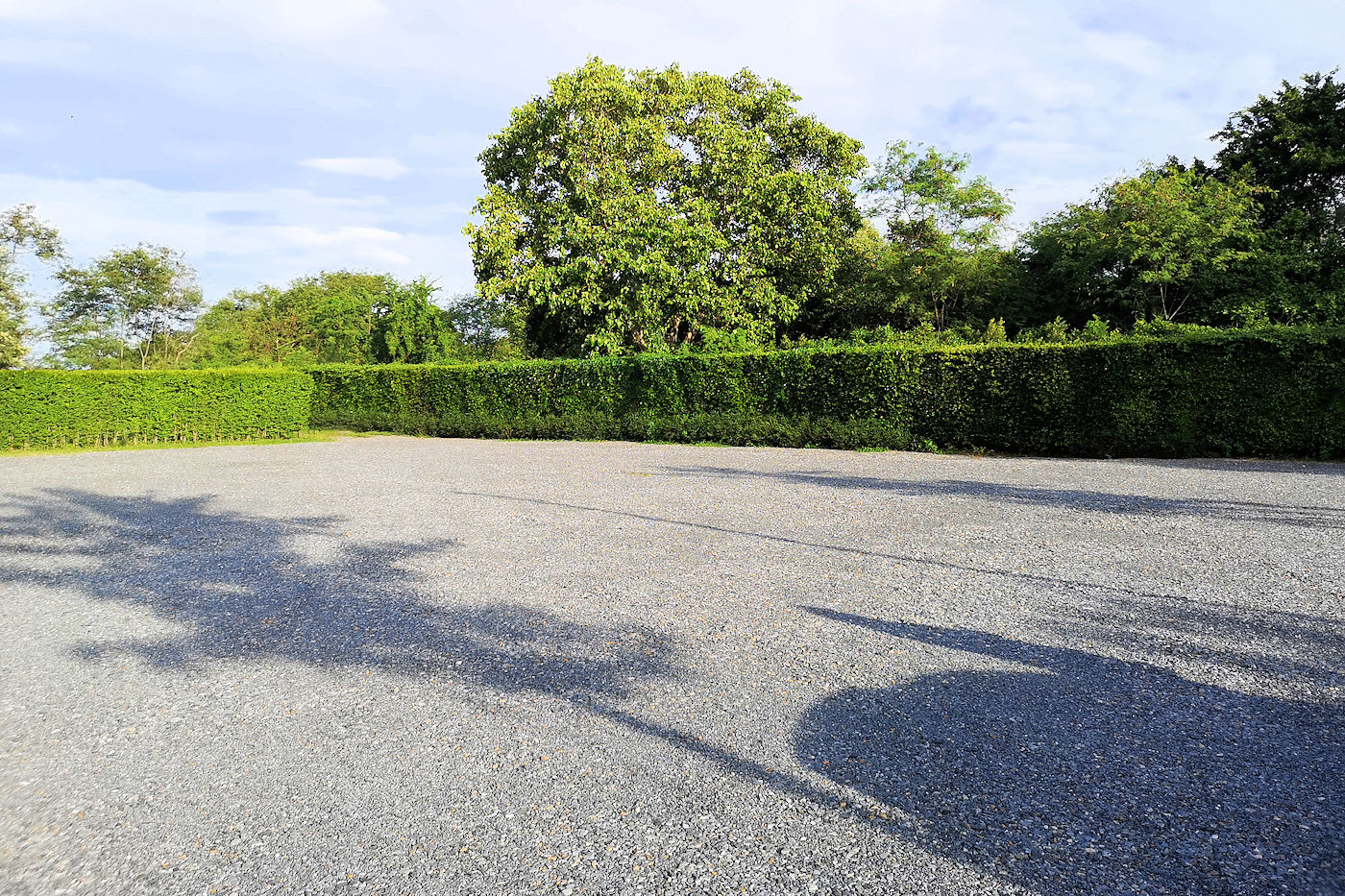

Types of Gravel Parking Areas:
Pros:
Cons:
Gravel Parking Area Planning: The first step in constructing a gravel parking area is thorough planning. This involves determining the size and layout of the parking area based on its intended use—whether residential, commercial, or for heavy equipment. Consider factors such as the number of vehicles, traffic flow, and accessibility. It’s also important to check local regulations and obtain any necessary permits. Planning includes selecting the appropriate type of gravel, estimating the quantity needed, and setting a budget. Consulting with a professional can help ensure that your plan is comprehensive and feasible.
Site Preparation: Site preparation is critical for gravel parking areas. Clear the area of vegetation, debris, and obstacles. Mark the boundaries and ensure the ground is level. For larger commercial or heavy equipment areas, this may involve removing trees and stumps, and addressing any potential erosion issues.
Gravel Selection & Sourcing: Selecting the right gravel is crucial for durability and longevity. You’ll need a mix of larger stones for the base and smaller stones for the top layer. Sourcing high-quality gravel from a reputable supplier ensures the parking area can withstand heavy use and environmental conditions.
Excavation & Grading: Excavating the parking area to a depth of about 8-12 inches provides enough space for the base and top layers. Grading is essential to ensure proper drainage and prevent water from pooling. This step may involve creating a slight slope or crown in the center of the area.
Base Layer Installation: The base layer consists of larger stones, typically 3-4 inches in diameter. Spread this layer evenly and compact it using a mechanical compactor. This provides a stable foundation for the parking area and helps distribute the weight of vehicles.
Geotextile Fabric Installation: Installing geotextile fabric over the base layer helps prevent weeds and stabilizes the parking area. This fabric also aids in drainage by allowing water to pass through while keeping the gravel in place.
Gravel Spreading & Compaction: Spread the top layer of smaller gravel, usually about 2-3 inches in diameter, over the geotextile fabric. Use a mechanical compactor to compact the gravel, ensuring a smooth and even surface.
Edge Restraints Installation: Installing edge restraints helps keep the gravel in place and maintains the shape of the parking area. This step is particularly important for preventing the gravel from spreading into adjacent areas.
Drainage Solutions: Proper drainage is essential for gravel parking areas. Installing a slight slope or crown in the center allows water to run off to the sides. For larger areas, consider additional drainage solutions such as culverts or drainage ditches to manage water flow.
Final Grading & Leveling: After compacting the gravel, perform a final grading to ensure the surface is level and smooth. This step ensures the parking area is ready for use and provides a polished appearance.
Maintenance & Repair Services: Regular maintenance is necessary to keep the parking area in good condition. This includes adding more gravel as needed, filling in any potholes, and ensuring proper drainage. Periodic compaction may also be required to maintain a smooth surface.
Gravel Paving: Drives, Driveways, Roads & Parking Areas Solutions:
Gravel Paving: Drives, Driveways, Roads & Parking Areas Related Topics:
Resources
Past Excavation Projects
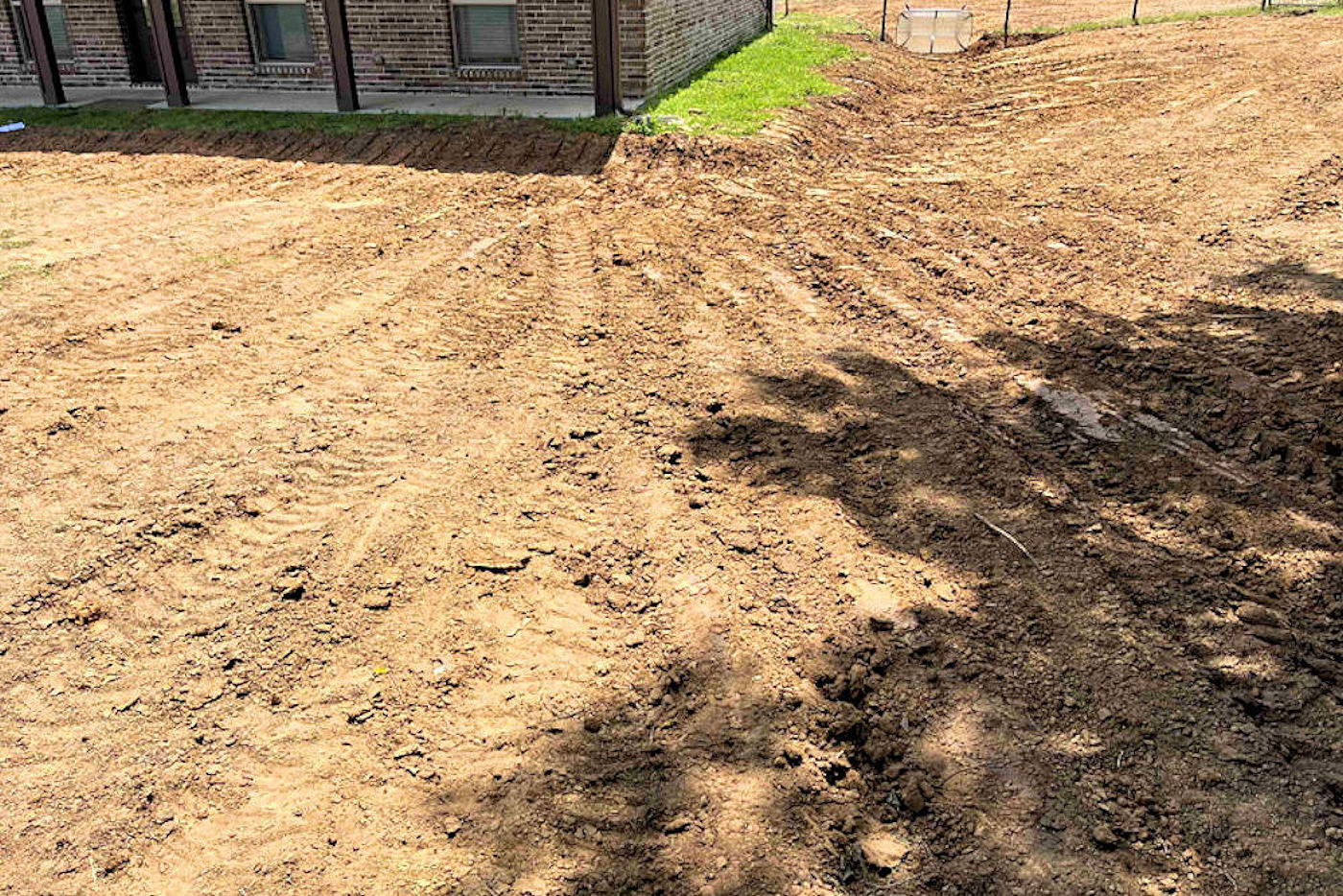
The above image shows Texoma Excavation & Construction digging a new power supply ditch and tying into the existing live power supply near Melissa, Texas. The paver stones were salvaged to be replaced. All the PVC, electrical conduit, phone lines, and small electrical lines that were destroyed were anticipated.

Pond building is a complex process that requires careful planning and execution. After all the planning, the first construction step is excavation of the area where the pond will be located. The pond excavation work shown above was near Montague, Texas. When this pond is full, it will be 7′ 2″ deep at its deepest point.
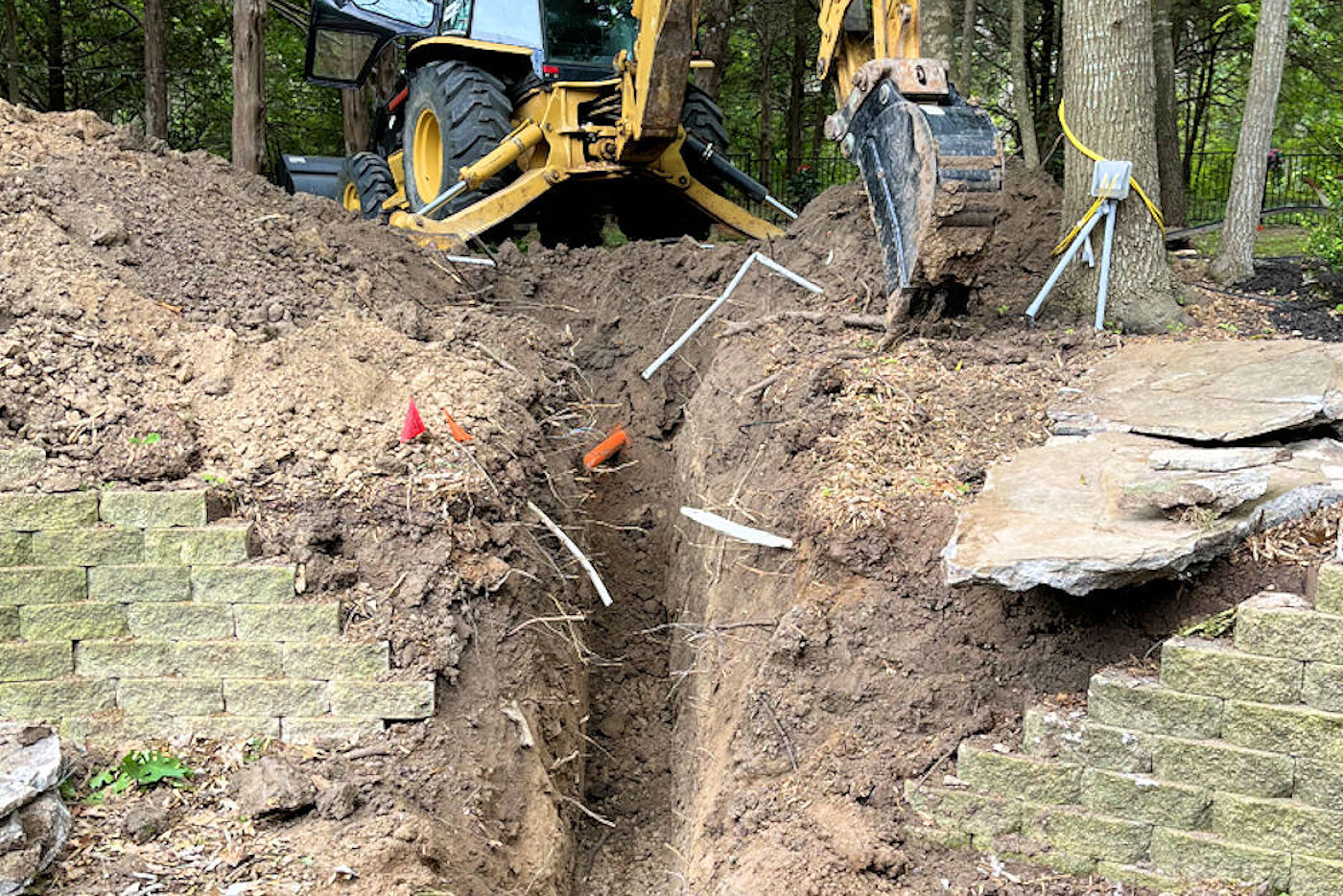
Residential drainage excavation work done near Denison, Texas. This client had some significant drainage problems during periods of high-volume runoff and tried to excavate a ditch to channel water away from his house. We were hired to polish the existing ditch and spread some grass seed.


